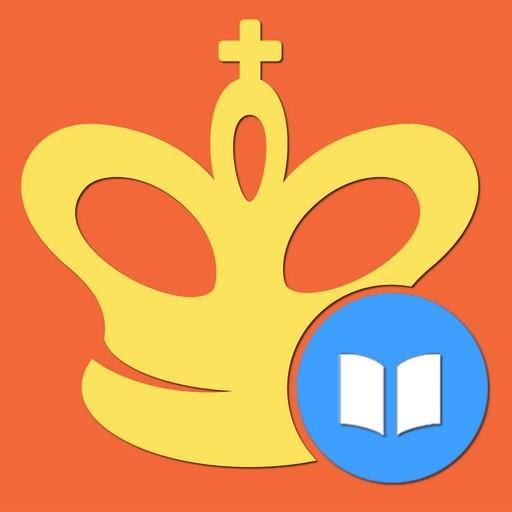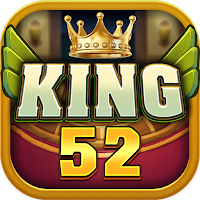"Angry Kirby" Insights from Ex-Nintendo Staff
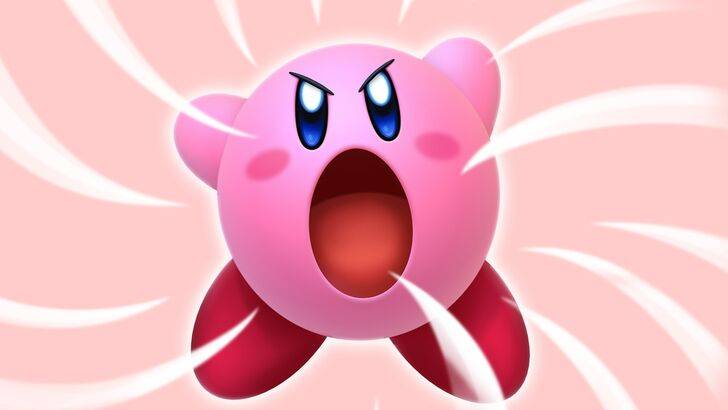
Discover why Kirby's appearance varies between the U.S. and Japan, as explained by former Nintendo employees. Learn how localization strategies have evolved to cater to different audiences and how Nintendo's global approach has shaped the marketing of Kirby.
"Angry Kirby" Was Made To Appeal To Wider Audiences
Nintendo Rebranded Kirby For More Appeal In The West

Kirby's image was transformed to appear fiercer and more determined on game covers and promotional materials to better resonate with American audiences, earning the nickname "Angry Kirby." In a Polygon interview on January 16, 2025, Leslie Swan, former Nintendo Localization Director, shed light on the rationale behind altering Kirby's appearance in Western markets.
Swan emphasized that while Kirby was not intended to look angry but rather determined, the character's cute and sweet image is widely popular in Japan. She noted, "Cute, sweet characters are popular among people of all ages in Japan." However, she pointed out that in the U.S., "tween and teen boys tend to be drawn to tougher characters."
Shinya Kumazaki, director of Kirby: Triple Deluxe, shared with GameSpot in 2014 that while cute Kirby attracts a broad audience in Japan, a more robust and battle-ready Kirby appeals more to U.S. gamers. He mentioned, however, that this approach varied by title, citing Kirby Super Star Ultra, which featured a tough Kirby on both U.S. and Japanese box art. Kumazaki explained that the goal was to showcase Kirby's serious side through gameplay, yet acknowledged that Kirby's cuteness remains a significant draw in Japan.
Advertising Kirby As "Super Tuff Pink Puff"
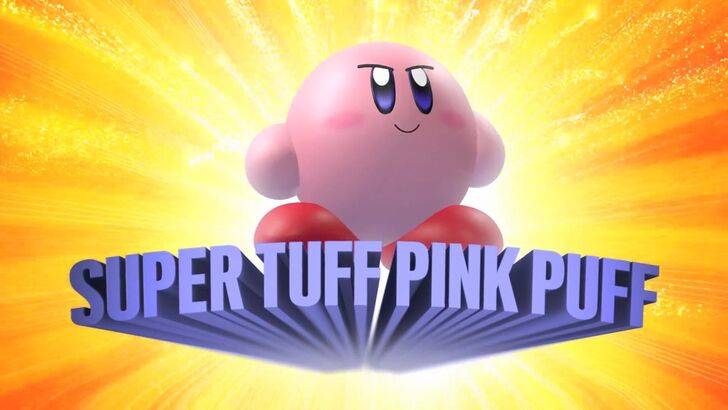
Nintendo's marketing strategy aimed to broaden Kirby's appeal, particularly to boys, by branding him as "Super Tuff Pink Puff" for the Nintendo DS game Kirby Super Star Ultra in 2008. Krysta Yang, former Public Relations Manager at Nintendo of America, discussed how Nintendo sought to shed its "kiddie" image in the early days. She remarked, "There was certainly a period of time for Nintendo, and even gaming in general, to have a more adult/cool factor." Yang noted that being labeled as 'kiddie' was seen as a disadvantage.
Nintendo consciously shifted focus to Kirby's combat skills and toughness to avoid the perception of being exclusively for young children. In recent marketing for games like Kirby and the Forgotten Land in 2022, the emphasis has been on gameplay and abilities rather than Kirby's personality. Yang observed, "There’s been a continued push to make Kirby into a more well-rounded character, but it’s true that most people still regard Kirby as cute versus tough."
Nintendo’s U.S. Localization For Kirby
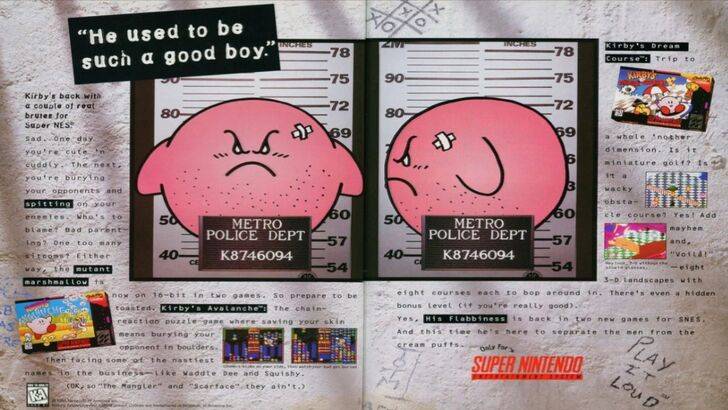
The divergence in Kirby's localization between Japan and the U.S. began with a notable 1995 print ad featuring Kirby in a mugshot as part of the "Play It Loud" campaign. Over time, U.S. box art for games like Kirby: Nightmare in Dream Land (2002), Kirby Air Ride (2003), and Kirby: Squeak Squad (2006) showcased Kirby with sharp eyebrows and stern expressions.
Beyond facial expressions, Nintendo also adjusted Kirby's color palette for Western audiences. The U.S. box art for Kirby’s Dreamland on the GameBoy in 1992 depicted Kirby with a ghostly-white tone, unlike the original pink hue in Japan. Due to the GameBoy's monochrome display, U.S. players didn't see Kirby's pink color until Kirby’s Adventure on the NES in 1993. Swan highlighted the challenge, stating, "A puffy pink character for boys who are trying to be cool just wasn’t going to get the sales that everybody wanted."
This led Nintendo of America to alter Kirby's facial expressions on U.S. box art to appeal to a broader demographic. In recent years, Kirby's global advertising has become more uniform, alternating between serious and joyful expressions.
Nintendo’s Global Approach
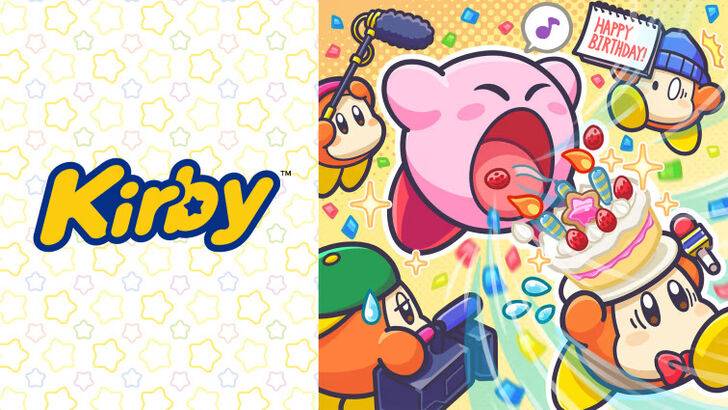
Both Swan and Yang noted that Nintendo has adopted a more global perspective in recent times. Nintendo of America now collaborates closely with its Japanese counterpart to ensure more consistent marketing and localization strategies, moving away from regional variations like the 1995 Kirby "Play It Loud" ad.
Yang explained that this shift towards global marketing was a business strategy change, stating, "It was a business strategy change to have more global marketing. It’s good and bad. Being global means consistency for the brand across all regions, but sometimes there is a disregard for regional differences." She expressed concern that this approach might lead to "really bland, safe marketing for some of Nintendo’s products."
Game localizers attribute the current trend in localization, or the lack thereof, to the broader globalization of the gaming industry and the growing familiarity of Western audiences with Japanese culture, including games, movies, manga, anime, and other media.
-
As part of HP's major Memorial Day sale, the company is running impressive promotions on its Omen Max 16 gaming laptops featuring the latest NVIDIA GeForce RTX 5070 Ti and RTX 5080 mobile GPUs. The Omen Max is HP’s new flagship gaming laptop for 2025Author : Isaac Nov 09,2025
-
After a long wait, EA is finally set to officially unveil its next Battlefield title in full. The game appears to be named Battlefield 6, with its debut trailer scheduled for release this week on July 24 at 8 AM Pacific Time.This information comes frAuthor : Sadie Nov 08,2025
- STALKER 2: Heart of Chornobyl - All Endings (& How to Get Them)
- Steampunk RPG Eldgear Unveiled by KEMCO
- NYT Hints and Answers: Guide to January 10, 2025
- Metaphor: ReFantazio - Complete Bond Guide
- Discover the Artifacts in Stalker 2: Locations and Acquisition
- Mushroom Go! Unleashes Co-op Dungeon Adventure for Fungi Fans


